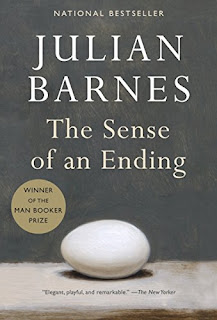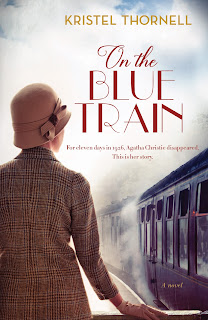The Great Gatsby by F. Scott Fitzgerald (1925)
Who has not laboured in undergraduate school pondering what makes Gatsby great? Jay Gatsby, owner of a splendid mansion in West Egg, host to ostentatious parties, and who carries his expensive suits with aplomb. Everyone speculates that a dark shadow lurks in his past and Mr Gatsby is not who he says he is. Nick Carraway, Gatsby’s neighbour, slowly develops a sympathy for Gatsby. He finds out that his cousin, Daisy Buchanan, is the key to unlocking the enigma. In a previous lifetime, before Daisy became Mrs. Buchanan, there was Daisy, Jay, and a future full of possibilities.
I first read this book more than twenty years ago and it continues to be a favourite. Perhaps it’s because of Gatsby’s tunnel vision to improve himself and attain his dream. Maybe it’s because of the freedom, sultriness, and sophistication that envelope this book. It could be the realisation that notwithstanding the disparateness in class and wealth, people can be happy and unhappy in almost equal measures. Or it may be the beautiful conversations: sonorous, elegant, and saturated with unarticulated meanings and desires. There’s also that enunciated contempt and cynicism, “They were careless people, Tom and Daisy—they smashed up things and creatures and then retreated back into their money or their vast carelessness, or whatever it was that kept them together, and let other people clean up the mess they had made.” And of course, there is the hot reverberating anger of Nick shouting across the lawn, “You’re worth the whole damn bunch put together!” It may also be how the whole story ended – with a bang, literally.
Beautiful Little Fools by Jillian Cantor (2022)
Jillian Cantor is not letting things be. Fitzgerald ended “The Great Gatsby” as an open-and-shut murder and suicide case. It also left in its wake, a general impression of vapid, selfish women. Cantor gives these women the time of day in her new book.
There’s Daisy Buchanan who has a back story to why she went off and married Tom and his wealth. Jordan Baker and her grit to succeed a male-dominated sport and headlong tackle prejudices. Catherine McCoy who refuses to accept that men are the answer to women’s aspirations and who believes that women should be given the opportunities to run their lives on their own terms. There is an outcry running in this book that women have had enough of the patriarchy and that henceforth, they will take matters into their own hands.
Cantor is so deft in her storytelling that at the end of the book, we walk away cheering Daisy, Jordan, and Catherine with the thought crossing our minds that, “Hey, Mr Gatsby wasn’t that great after all” and that these beautiful women were most definitely not little fools.
The characters in Cantor’s book seemed to have imbibed a prodigious amount of mint julep and gin rickey that I thought of making these:
Ingredients:
2 ounces bourbon
¼ ounce simple syrup
8 mint leaves
Garnish: mint sprig
Garnish Angostura bitters (optional)
Directions:
Place the mint leaves in the bottom of an old-fashioned glass
and top with the sugar.
Muddle these together until the leaves begin to break down.
Add a splash of seltzer water, fill the glass ¾ with crushed
ice.
Add the bourbon.
Top with another splash of seltzer, stir, and garnish with a
sprig of mint.
Serve immediately
Ingredients:
½ cup granulated sugar
½ cup water
Directions:
Add the sugar and water to a small saucepan over medium heat
Stir until sugar is dissolved
Let cool, then pour into a glass jar and seal tightly with a
lid.
(will keep for about a month, refrigerated)
Ingredients:
2 ounces gin
½ ounce lime juice, freshly squeezed
Club soda, to top
Garnish: lime wheels
Directions:
Fill a highball glass with ice.
Add the gin and lime juice.
Top with club soda.
Garnish with 2 lime wheels.








